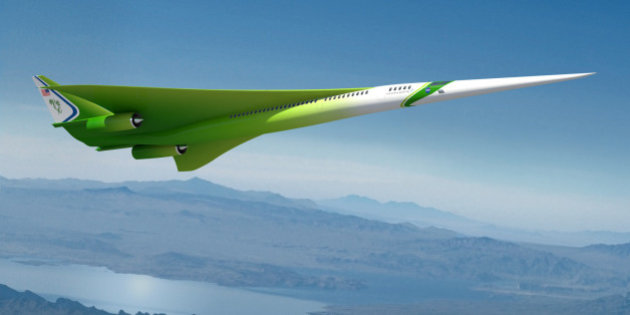NASA is working on a model similar to the mythical Concorde but with two big differences: that it’s commercially viable and silent.
Many of us identify it as the yuppie’s jet of the 1990s, while others remember it as an authentic nightmare because of the deafening noise, both in flight and when being manoeuvred at the airport. It literally blew the sky to pieces every time it broke the sound barrier (the so-called “sonic boom”), infamously shattering windows and killing some small animals, but there were also several other drawbacks.
If you were born after 2000, all this talk about the Concorde will surely sound like Double Dutch to you, as this ingenious aircraft made its last commercial flight in November 2003. This authentic rocket had a maximum speed over twice the speed of sound at Mach 2.04 (that’s 2179 km/h for all Top Gun fans) and was the fastest commercial model on the market capable of flying from Paris to London in 60 minutes, and London to New York in just three hours. British Airways and Air France decided to retire the Concorde due to its excessive maintenance costs and the low passenger numbers following the fatal accident in July 2000.
However, NASA recently announced that its return to the skies is getting closer by the day, saying the problem of its thunderous roar has been resolved and claim the noise from the “Concorde 2” will be equivalent to the noise generated by a car travelling on a motorway. The space agency also pointed out that it will be able to fly at an altitude of 55,000 feet, much higher than the 33,000 feet a conventional plane can currently reach.
The masterminds at NASA only mention the advantages over the previous model and say they will soon begin accepting proposals from engineering companies to build the aircraft, with the first test flights expected to take place in 2022. The Trump administration has already given the project the green light, with millions of dollars floating around in cyberspace to bring this ambitious project to life and make the world a little smaller and interoceanic tourism more commonplace than it is today.







